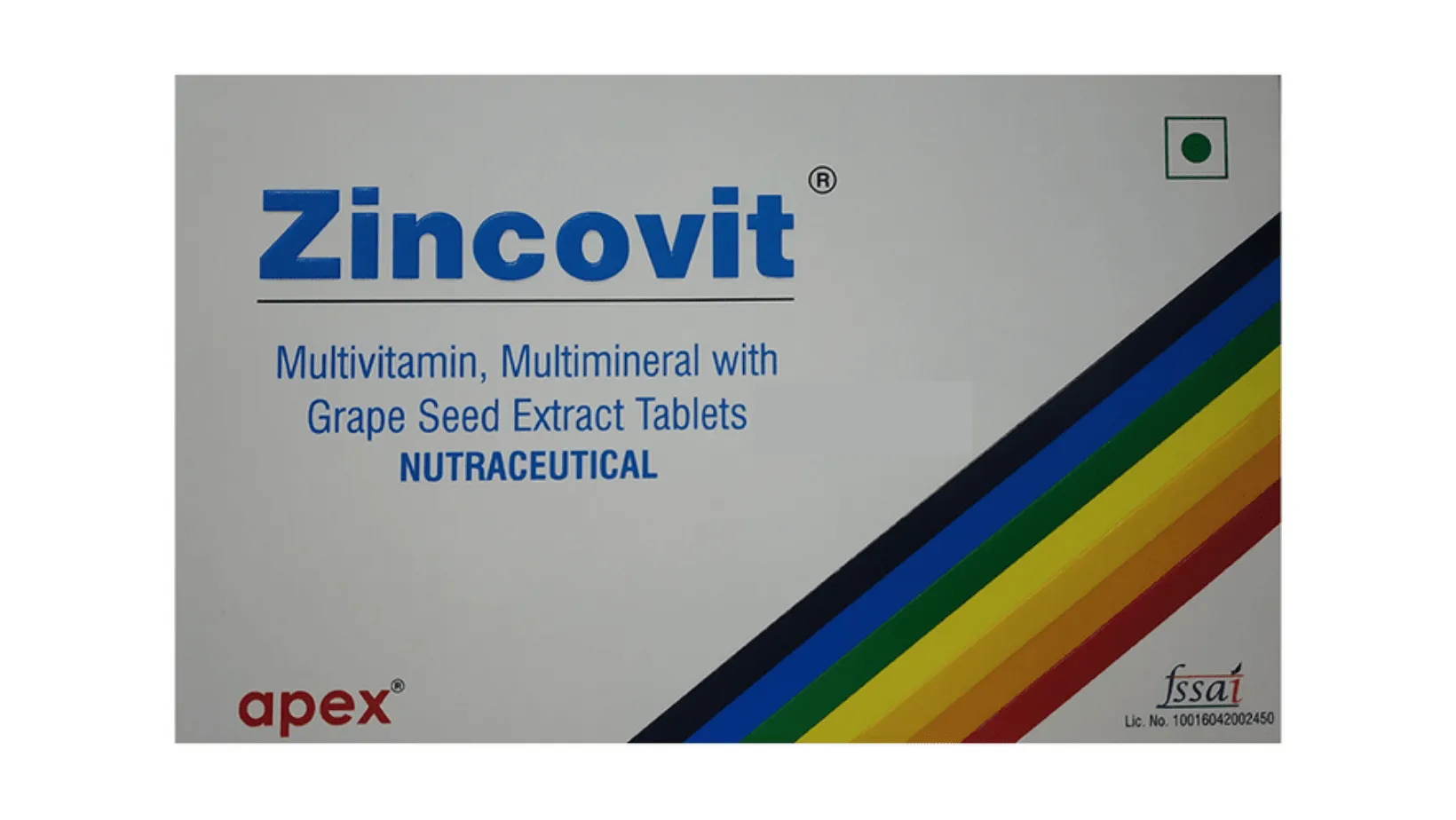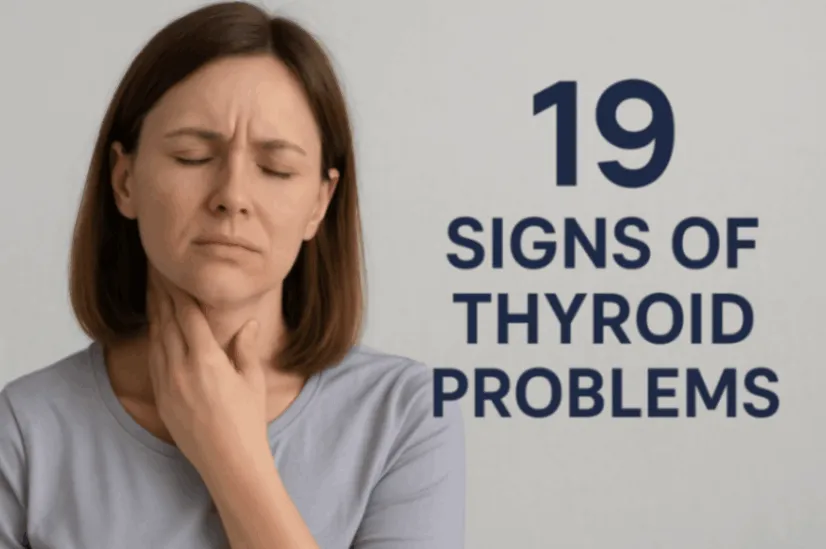Are your eyes red, swollen, or bulging? If you’ve been diagnosed with a thyroid condition, you might be dealing with Thyroid Eye Disease (TED). This condition not only affects your appearance but can also impact your vision. Naturally, a common question that arises is:“Can thyroid eye disease be cured?”
Let’s explore whether this condition is curable, how it’s managed, and what steps you can take to slow or stop its progression.
Can Thyroid Eye Disease Be Cured?
Wondering, “Does thyroid eye disease go away?” Currently, there is no definitive cure for thyroid eye disease, also called Graves' eye disease, but it can be effectively managed with various treatment options.
The goal of treatment is to relieve symptoms and prevent the condition from worsening.
Thyroid Eye Disease (TED) generally progresses through two distinct phases, which help guide treatment strategies:
Active (Inflammatory) Phase:
This phase is marked by inflammation, which causes pain, swelling, redness, and changes in the appearance of the eye. So, treatments aim to alleviate inflammation and preserve eye vision.
Inactive (Stable) Phase:
In this phase, inflammation reduces, but the changes in the structure around the eyes may occur continuously. Hence, the doctors recommend surgical correction.
How Quickly Does Thyroid Eye Disease Progress?
The progression of thyroid eye disease varies based on a two-phase course:
Active Phase:
-
Duration: Typically lasts for 6 months to around 2 or 3 years.
-
Symptoms: Inflammation, bulging eyes, pain, swelling around the eyes, double vision, and a gritty feeling.
-
Progression: The potential symptoms can worsen during this stage.
Stable Phase:
-
Duration: For lifelong
-
Symptoms: Swelling and inflammation subside; however, some symptoms, such as double vision and eyelid retraction, may remain.
-
Progression: Few symptoms can progress, though some individuals might experience flare-ups (worsening of the symptoms).
Here are the common progressive symptoms:
- Swelling of the eyelids
- Protrusion or bulging of the eyes (called proptosis)
- Double vision due to eye misalignment
- Pain with eye movement or tough moving the eyes
Important Note: Early treatment during the active phase can help limit disease progression and potentially prevent the risk of vision loss.
Thyroid Eye Disease Treatment
The treatment of thyroid eye disease aims to address symptoms, manage underlying thyroid problems, and reverse vision issues. Here are the treatment options:
Supportive Treatments:
-
Lubricating eye drops: Help alleviate eye irritation and dryness.
-
Special eyeglasses or prisms: To correct double vision.
-
Raising the head: Aids in reducing eye puffiness and swelling.
-
Sunglasses: Protect against the sunlight and wind and manage light sensitivity.
-
No smoking: Research reports that smoking can worsen the severity of TED.
Medications:
-
Corticosteroids: Examples include prednisone, one of the potent corticosteroids for eye inflammation. Suppressing the overactive immune system helps relieve swelling and inflammation in the eyes.
-
Teprotumumab (Tepezza): An anti-inflammatory medicine that reduces double vision and eye bulging (also called proptosis).
-
Thionamides: Examples include propylthiouracil and methimazole, which help lower the levels of thyroid hormones, in case you have hyperthyroidism.
-
Selenium supplements: Manages deficiency of selenium, which is responsible for increasing the severity of thyroid eye disease’s symptoms.
Radiation Therapy
Prescribed along with steroids or as an alternative for people who do not respond well to corticosteroids. By destroying the immune cells that are actively present behind the eyes, this therapy reduces eye inflammation, which improves symptoms like bulging eyes, double vision, and eyelid retraction.
Surgical Treatments:
Orbital Decompression Surgery
-
This surgical procedure is recommended when inflammation squeezes the optic nerve. Also, it helps reduce eye bulging.
-
It involves removing bone or fat present in the eye socket.
Eye Muscle Surgery
-
The healthcare providers advise this surgical procedure if your eye muscles are scarred and limit the eye movement, or if you are dealing with double vision.
-
By adjusting the eye muscles properly, this surgical procedure corrects double vision.
Thyroidectomy
-
This surgical procedure helps with the treatment of severe hyperthyroidism.
-
It involves the removal of the thyroid glands when medications can't help control the release of thyroid hormone levels.
Eyelid Surgery
-
This surgery is needed when the eyelids have retracted (eyelids are pulled back).
-
By repositioning the retracted eyelids, this surgery manages eyelid retraction and improves appearance and comfort.
Oculoplastic Surgery
-
This surgery addresses issues such as bags around the eyes and bulging eyes.
-
By adjusting the bones or soft tissues around the eyes, they treat these eye problems.
Corneal Transplant
-
It is recommended when the cornea is severely damaged by exposure during the active stage of thyroid eye disease.
-
In this procedure, the damaged cornea is replaced with a healthy cornea from a donor to improve the eye's vision.
Important Note: Always follow up with the ophthalmologist and endocrinologist to keep track of the progression of the diseases and adjust the treatment if required.
Lifestyle Changes and Home Remedies to Manage TED
In addition to medications and surgeries, these lifestyle changes and home remedies can also help manage TED symptoms:
-
Use Lubricating Eye Drops: Give relief from dry and irritated eyes.
-
Apply Cool Compresses: Help relieve inflammation and swelling by applying a cold compress, like a gel mask or a damp washcloth.
-
Elevate the Head: Raising the head while lying down can alleviate swelling around the eye.
-
Wear Wraparound Sunglasses: Protect the eyes from wind and sunlight, which prevents further irritation.
-
Quit Smoking: Prevents the worsening of TED symptoms.
-
Use a Humidifier: Alleviates the risk of dryness in the eyes, as humidifiers help add moisture to the air.
-
Make Dietary Changes: Avoid excessive intake of iodine, processed foods, and artificial sweeteners, and consume a diet rich in selenium, such as meat, nuts, and fish.
-
Manage Stress: Practice deep breathing exercises, yoga, and meditation to manage stress, as a study states that stress is responsible for worsening TED symptoms.
Can Thyroid Eye Disease Re-occur?
Yes, thyroid eye disease can occur again after the treatment. Though the treatment can improve the symptoms and reduce the severity of the condition significantly, this disease can recur. The chances of recurrences are higher if triggers such as stress and smoking are present. Hence, consistent monitoring is essential even after you achieve a stable phase.
What Worsens Thyroid Eye Disease?
The following factors can be the trigger of TED:
-
Smoking or secondhand smoke
-
Uncontrolled (high or low) thyroid hormone levels
-
Stress
-
Radioactive iodine treatment
-
Diet rich in saturated fats and simple sugars
-
Allergens such as gluten, lactose, wheat, and peanuts
-
Vitamin D deficiency
-
High levels of thyroid antibodies
Complications of TED
If left untreated, thyroid eye disease can lead to severe complications:
Long-term appearance changes are:
-
Eyelid retraction
-
Protruding or bulging eyes
-
Baggy eyes
-
Red eyes
Long-term vision changes might include:
-
Blurry vision
-
Double vision
-
Severe vision loss
Can You Prevent Thyroid Eye Disease?
It is not possible to prevent TED completely. However, with some measures, you can minimize the risk of developing it and prevent it from getting worse. Those measures include:
-
Quit smoking, as it worsens the severity of the condition and also reduces the effectiveness of the treatment.
-
Manage thyroid hormonal levels, as fluctuations can worsen TED.
-
Take selenium supplements to lower the severity of mild and active TED.
-
Avoid radioiodine treatment for active TED unless medically needed, as it can deteriorate the condition.
-
Sleep with your head elevated using extra pillows to reduce morning eye puffiness.
-
Seek early treatment of symptoms to prevent worsening of TED.
Prognosis
The prognosis or outlook is good for many individuals living with thyroid eye disease.
-
Most people have mild TED symptoms, which often subside themselves while many experience significant improvement with proper treatment.
-
Individuals above 50 years of age are more prone to severe symptoms, which require a combination of treatments to manage the condition.
-
Certain individuals experience eye changes that last longer, thereby requiring surgery.
Final Thoughts
Can thyroid eye disease be cured? It may be your concern if you experience a recurrence of symptoms. While this condition does not have a definitive cure, it is significantly manageable. With proper supportive treatments, medicines, and surgical procedures, thyroid eye disease can be managed and prevented.
The key is to seek professional help early, control the condition, protect your eyesight, and improve your quality of life.
Frequently Asked Questions
Does thyroid eye disease affect only one eye?
Yes, thyroid eye disease can sometimes impact only one eye, causing symptoms such as redness, swelling, bulging, and double vision.
Does everyone with thyroid eye disease have bulging eyes?
No, not everyone gets bulging eyes associated with thyroid eye disease, although it's a common symptom. Around 25% of individuals develop bulging in the eyes.
Is thyroid eye disease contagious?
No, it is not contagious, and you can't catch it from others. This is because it's an autoimmune disease, which occurs when the immune system itself attacks its own healthy tissues or cells.
Which morning drink is good for the thyroid?
Warm lemon water can be the best drink for good hydration and digestion, while turmeric milk can promote thyroid health with its anti-inflammatory properties.
What does a person with thyroid eye disease look like?
A person experiences red and irritated eyes, puffy eyelids, double vision, eye pain, and eyelid retraction.
Reviewed by






